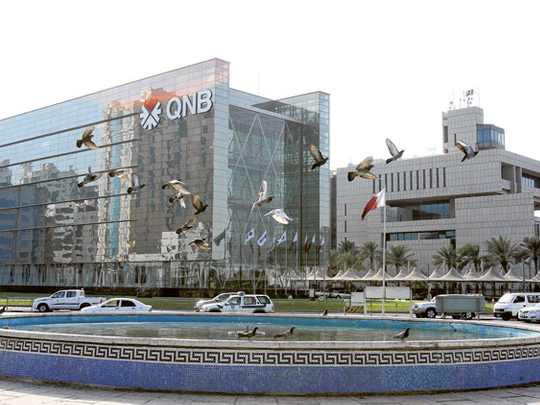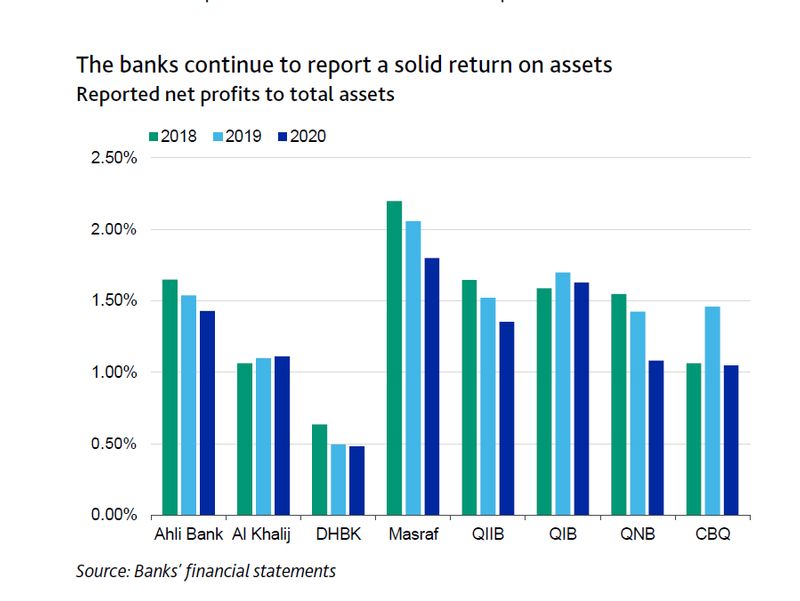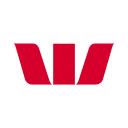Qatari banks defy pandemic’s impact on 2020 earnings

Image Credit: Reuters
Dubai: The combined results of the eight Qatari banks remained strong despite the impact of COVID-19 on operating conditions and rise in provisions, according to rating agency Moody’s.
Aggregate profitability weakened marginally in 2020. The aggregate return on assets was 1.2 per cent, compared with 1.4 per cent in 2019. The banks’ combined net profit declined 12 per cent year-over-year to QAR20.4 billion.
Five of the eight banks reported lower net profit. The decline in bottom-line profitability mainly reflected higher pandemic-related provisioning, which was partly offset by cost savings and higher net interest income.

Image Credit: Moody’s
“We expect bottom-line profitability [of Qatari banks] to remain at the same level in 2021 in the context of slow economic activity, though it will remain relatively strong compared with regional and global peers,” said Nitish Bhojnagarwala, Vice President – Senior Credit Officer at Moody’s Investors Service.
Moody’s expect Qatar’s real GDP to grow by 1.7 per cent in 2021 after contracting by 3.5 per cent in 2020 because of the coronavirus pandemic and decline in oil prices.
According to the rating agency, Qatari banks’ income-generating ability remains strong despite higher provisioning charges related to the pandemic. This reflects the Qatari government’s significant footprint in domestic banks as a shareholder, depositor and customer, which to some extent insulates the banking sector from external events.
Support measures
We expect bottom-line profitability [of Qatari banks] to remain at the same level in 2021 in the context of slow economic activity, though it will remain relatively strong compared with regional and global peers.
– Nitish Bhojnagarwala, Vice President – Senior Credit Officer at Moody’s Investors Service.
A QAR75 billion stimulus and support package to the private sector, equivalent to around 12 per cent of nominal GDP, and a QAR10 billion injection to boost the country’s capital market helped limit the impact of the coronavirus outbreak. Measures introduced in response
to the outbreak included (1) the central bank’s 0% repo facility to support banking sector liquidity; (2) lending initiatives by Qatar Development Bank to help small and medium-sized enterprises (SMEs) with rents and salaries; (3) waivers of electricity and water bills; deferrals of taxes and (4) loan payments and an increase in concessional financing for SMEs.
Interest income and credit growth
The banks’ total income rose 4 per cent to QAR43.9 billion in 2020 from QAR42.1 billion in 2019. The increase was driven by a 9 per cent rise in net interest income that offset an 11 per cent decrease in noninterest income. Operating income grew at all eight banks.
Growth in total income was supported by 7 per cent credit growth year-over-year. Interest income was supported by net interest margins that remained unchanged at 2.1 per cent in 2020 compared with 2019.
Stable net interest margins reflected a decline in asset yields in the current lower interest rate environment,…
Read More: Qatari banks defy pandemic’s impact on 2020 earnings















